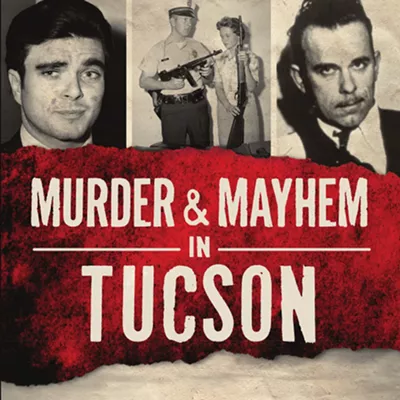Certainly the Dylan that emerges in David Hajdu's book Positively Fourth Street--which recounts the early days of the former Bob Zimmerman and his peers, Joan and Mimi Baez and Richard Farina--is an opportunistic asshole. The book delivers a portrait of an artist as a young man who thinks nothing of using the people around him.
But that is hardly news. Anyone who has sat through the famed 1965 documentary Don't Look Back already knows Dylan could be a jerk.
A less-intended result of this new book is its less than flattering depiction of the many others who rode the folk boom of the early 1960s. As the pages turn and the aperture tightens, Dylan's colleagues look more and more like heady college kids bored with their own privileged upbringings. A few spins of a Leadbelly prison disc or a couple of listens to the haunting Appalachian folk tunes anthologized by Harry Smith seem to have persuaded most of them that flannel shirts and acoustic guitars was where it was at.
Dylan may have been a fake, but at least he was an honest fake.
Author and singer-songwriter Farina, on the other hand, is presented as an intelligent guy who wanted to do something important, but seemed unsure what. He spends his early days "managing" the professional life of his first wife, singer Carolyn Hester, and in so doing seems to wreck her career. Then Farina moves on to his next love, the teenage Mimi Baez, whom he successfully persuades to marry him behind her parents' backs. Once accomplishing that task, he ignores her, setting his sights on her more famous sister Joan, who helps him climb the lucrative "folksinger" ladder that much quicker. He finally makes it big following the publication of his long-in-coming first novel, but dies in a freak motorcycle accident the morning of the book-signing party.
Hajdu is more generous in his portraits of the Baez sisters. Both appear naïve, but well intentioned. Big sister and big star Joan is protective of her younger sibling, yet oddly threatened by Mimi's knockout looks. (Dylan and many other men apparently made little secret of their lust for the girl.) A socialist at heart, Joan gladly shares her wealth, her home and her fame with anyone in need. Dylan, in particular, profits from her generosity, as she champions his new, unpolished talent to her genteel audience. (A favor that Dylan was loath to return, after he makes it big and the soprano songstress starts to fade.)
But it is Mimi who shines through as the most compassionate character of all in this Greenwich Village soap opera. She has little desire to be in the spotlight, and suffers the demands of those around her, including--at times--her own sister. When Farina dies, she withdraws from music, eventually starting Bread and Roses, a charitable organization that she devotes her life to until her own death only months ago.
As the book draws to a close, the trajectory of Dylan's career is aimed toward the stratosphere. He is sporting Ray-Bans and leather and doing a lot of drugs. He is done with "finger-pointing" songs, he tells reporters. And this electric announcement drives serious-minded, middle-class folkies such as Pete Seeger to wring their hands and gnash their teeth.
Why it bothered them so much remains a mystery. Dylan was a brilliant songwriter from the start, but even his best protest music betrayed little commitment to the cause. "Who Killed Davy Moore," "Only a Pawn in Their Game," "Hollis Brown" and even his famed "Blowin' in the Wind" reveal Dylan sitting firmly on the fence. He was good at pointing fingers, but his music rarely offered resolution.
He would spend the months leading up to his own near-fatal motorcycle accident in 1966 doing the best writing and performing of his career. But in spite of his denials, his music still pointed fingers. But most of his jabs were now aimed at the painfully solemn people who populate this book.






